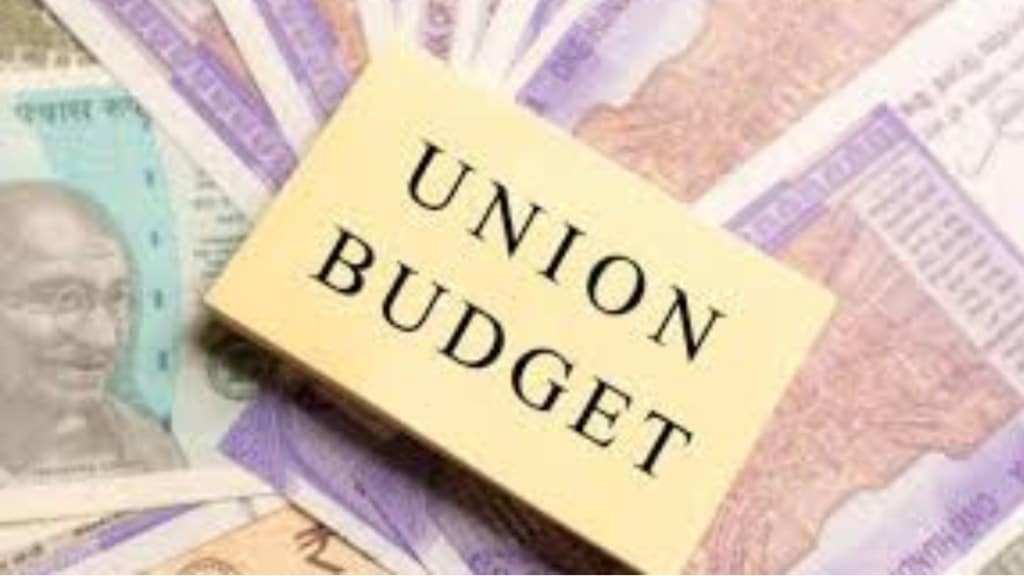The upcoming Union Budget comes at a time when the government finds itself in a unique position of not having to bother too much about its impact on elections. In 2025, there are just two state elections — Delhi and Bihar, the last one in the latter part of the year. Against this backdrop, finance minister Nirmala Sitharaman has the opportunity to present a Budget that sets an economic road map for the next five years, or even more. The Budget obviously can’t afford to deviate from the path of fiscal prudence it has charted, as conservative management of the economy has served us well. It may be a good time to pursue disinvestment, including the strategic divestment of non-core public sector undertakings.
Among the many complaints that the investors have had from past Budgets is the absence of a stable tax framework that exists in other countries such as Vietnam. The increase in the capital gains tax in the last Budget is a good example. After imposing a 10% long-term capital gains tax in 2018, the government increased it to 12.5% in the last Budget. And rumours were strong that this could go up further to 15% or even 20%. There are even talks that the investors in the derivatives market could see higher taxation to discourage household savings getting diverted into financial markets. However, it would be a bad idea if the government chooses to tinker again with tax rates within months.
There is a good reason too. After four-and-a-half years of a bull run, things have become tighter in the stock markets due to a string of bad news. The Sensex is down almost 11% since September and the rupee around 3.5%. The slowing down of the Indian economy, disappointing second quarter numbers by India Inc, fall in the rupee due to flight to safety by foreign investors after the re-election of Donald Trump, and US Federal Reserve’s rate cut cycle are some of the key reasons. Also, the Securities and Exchange Board of India’s (Sebi) strong moves to curb unbridled investor enthusiasm in futures and options and the small-and-medium scale enterprise initial public offerings have ensured that the quality of investors and companies getting into such risky markets would come down significantly. After the implementation of the future and options guidelines from November 20, the December average daily turnover crashed 37% — the lowest in 16 months.
What the government can do is to help improve urban consumption. Experts say that tweaks like adjusting thresholds and widening tax slabs could release around `30,000 crore. While it may not be a big amount from the Budget’s perspective, it could create a multiplier effect by improving consumption. A subvention for the EMI burden at the lower and middle ends of the pyramid, along with incentives for private investment, should help. It is a crucial time for markets. Brokerages have already slashed their returns expectations in 2025. At the same time, with Trump taking charge next week, all eyes will be on his policies, especially his tariff tantrums. The dollar index is already at a two-year high because there are expectations that he will follow inflationary policies to boost growth. The Budget would do well to keep things simple, while focusing on boosting growth and consumption instead of tinkering with taxes. After all, one day’s stock market reaction isn’t worth all the trouble.

